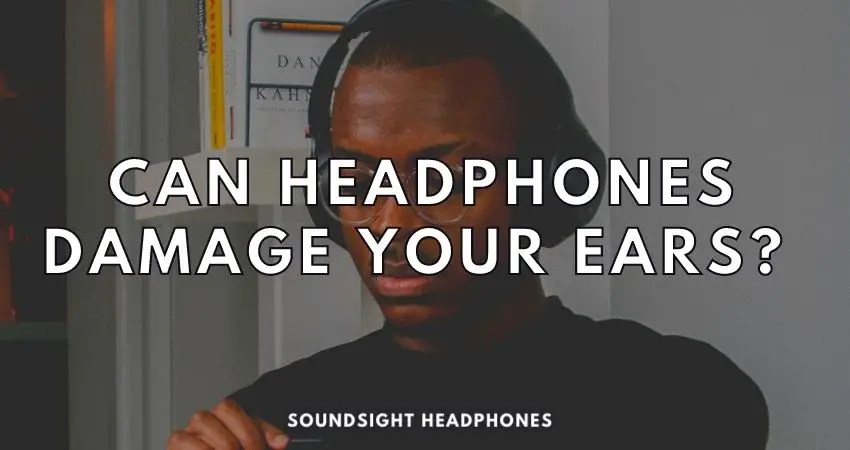Can headphones damage your ears? The answer is a resounding yes — but understanding the science behind headphone-related hearing issues is crucial to mitigating the risks.
Headphones and hearing damage are inextricably linked, with the cumulative effects of headphone use on hearing causing turmoil in the delicate structures of our ears.
In this comprehensive guide, we will delve into the following aspects of headphones and ear health:
- The risks & health implications of headphones on ears
- How regular headphones use impacts your hearing
- Safe duration of headphone use and recommended listening levels
- Foolproof measures to protect your ears from irreparable harm
- More.
Don’t let your love for music or podcasts push your ears beyond cure.
Equip yourself with the knowledge and ear care practices necessary to preserve your hearing and enjoy your favorite audio experiences without compromising your auditory well-being.
Ways Headphones Can Damage Your Ears
The unequivocal truth is that headphones can harm your ears, leading to a plethora of auditory complications. These may include:
- Allergic reactions: Materials like silicone, BPA, nickel, acrylates, and phthalates can trigger allergies, causing discomfort and inflammation.
- Infections: Prolonged use of headphones can foster bacterial growth, resulting in painful ear infections.
- Tinnitus: This persistent, aggravating ringing sensation in the ears can be exacerbated by headphone usage.
- Motion sickness: Triggered by active noise-canceling headphones, resulting from the auditory-visual mismatch.
- Pressure sensitivity: Headphones can cause pressure in the ear canal, leading to pain and discomfort.
Other health concerns related to headphone usage are:
- Diseases: Sharing headphones can transmit contagious diseases, such as otitis externa or “swimmer’s ear.”malignancy
- And the most popular: noise-induced hearing loss from excessive exposure to loud audio from headphones (it can cause irreversible hearing impairment).
We’ll discuss NIHL and headphone-induced hearing loss in more detail later in this article.
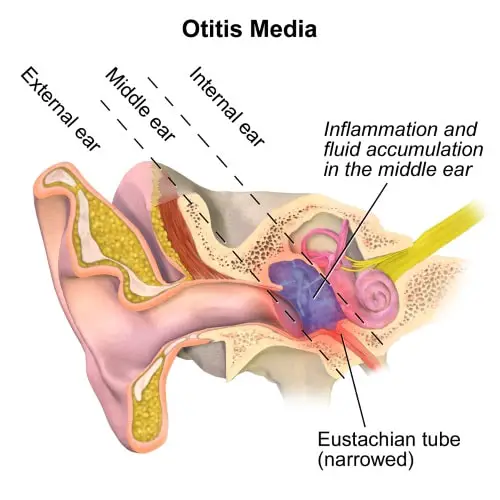
1. Allergic Reactions
It’s crucial to be aware that headphones can harm your ears, not only in terms of volume but also due to allergic responses.
Materials like nickel and acrylates and other metals used in the processing of leather ear cushion, as well as silicone and rubber ear tips, can cause contact dermatitis and skin irritation.
Here’s the dark reality behind leather production: 250 chemicals used in tanning and toxic gases emitted into the air.

Opt for hypoallergenic materials or protective covers for your headphones to avoid these allergic reactions. Preferably, use leatherette instead of leather. Velour ear pads or memory foam ear tips are also good alternatives that are less likely to irritate. Note, though, that the sound response may change slightly.
2. Ear Infections
The dangers of headphones to ears extend to ear Infections—however, earbuds and hearing aids pose a similar threat. This is due to moisture and bacteria buildup in the ear canal, creating a breeding ground for infections.
A few examples of infections induced by headphones include:
- Otitis externa
- Otitis media
- Fungal infections
Preventing Ear Infections from Headphone Use
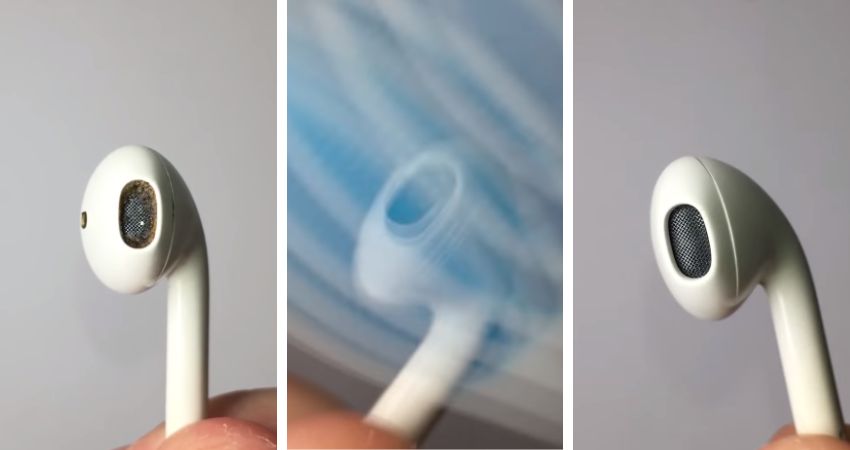
- Maintain hygiene by regularly cleaning your headphones.
- Avoid sharing headphones with others.
- Keep your ears dry and clean.
- Limit the duration of headphone use and take breaks (especially in humid areas, such as Florida or California, or on rainy days).
Water damage headphones and creates potential health risks due to mold and bacteria growth.
- Opt for over-the-ear headphones instead of in-ear models.
3. Tinnitus
Headphones can harm your hearing by causing Tinnitus, a ringing, buzzing, or hissing sound in the ears that is often associated with hearing loss of high frequencies.
Despite concerns about ANC headphones causing Tinnitus, it's the dangerous headphone volume levels that are the real culprit. You can't blast loud music through your headphones and expect your hearing to remain unaffected.
Over time, constant exposure to loud music can ensure tinnitus and, ultimately, a blown headphone driver.
However, ringing in headphones may also be a technical fault.
Does Hearing Aids Help With Tinnitus?
Hearing aids don’t directly treat tinnitus but may reduce its perception by improving hearing loss. Tinnitus, characterized by internal ringing or buzzing, results from noise exposure or stress. Although hearing aids enhance external sounds, they don’t address or eliminate tinnitus’s root cause.
4. Motion Sickness and Vertigo
Active Noise Cancellation (ANC) can sometimes cause motion sickness or disorientation for those sensitive to it.
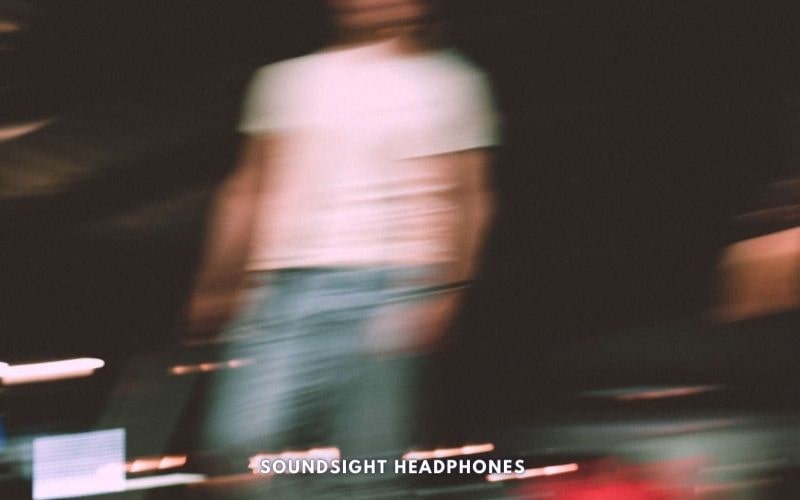
The vestibular system maintains balance and spatial orientation, working alongside our auditory system. The ANC technology disrupts the natural processing of sound where visual and auditory cues conflict, causing disorientation in some people.
Additionally, ANC can create a sense of pressure or “vacuum” in the ears, which can also contribute to feelings of disorientation.
To avoid motion sickness and vertigo using ANC headphones, adhere to these guidelines:
- Gradually adjust to ANC: Incrementally extend usage as you familiarize yourself with the noise-canceling effect.
- Take breaks: Remove headphones hourly to let your senses recalibrate.
- Focus on a fixed point: Counteract disorientation by concentrating on a stationary object.
5. Pressure Sensitivity and Headphone Use
Pressure sensitivity and headphone use inherently involve an airtight seal that can lead to auditory discomfort. This phenomenon—often referred to as occlusion effect—manifests in various ways:
- Barotrauma: Rapid changes in air pressure, causing eardrum distress.
- Tympanic membrane tension: Resulting from the airtight enclosure.
- Cerumen impaction: Exacerbated by the occlusive nature of in-ear headphones.
- Music sound hollow and distant: Pressure affects how sound waves travel through the air and interact with your eardrums; it can even make your earbuds sound like underwater.
Bone conduction headphones and open-back headphones alleviate pressure sensitivity from extended use of airtight closed-back headphones. Though less pleasant and equally damaging to hearing, they’re more hygienic and prevent motion sickness and vertigo from ear pressure.
With closed headphones or in-ears, regular ear hygiene and periodic breaks from headphones can alleviate potential complications.
What Happens When Exposed To Loud Noises
Exposure to loud music can lead to significant auditory consequences, including hearing damage and hearing loss. A prevalent issue, noise-induced hearing loss affects a staggering 1.7% of the global population, with a notable increase among those who frequently use headphones.
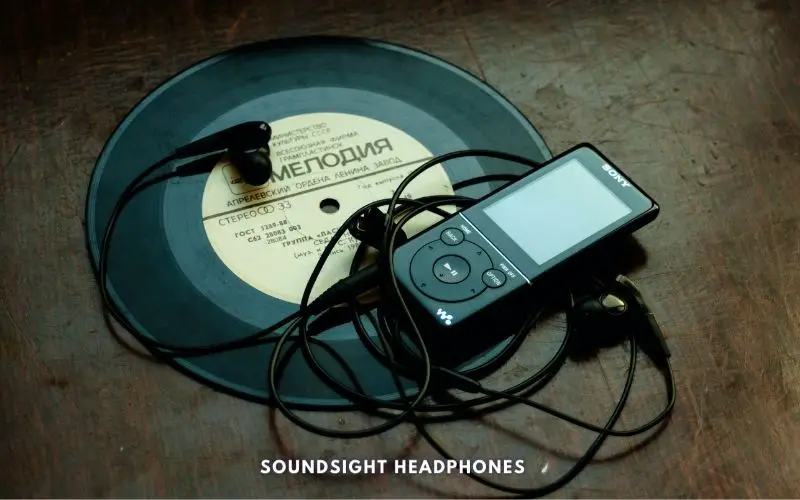
“30 million Americans are exposed to environmental noise, resulting in 10 million cases of noise-induced hearing loss. Whereas in Europe, at least 2 million adolescents use MP3 players at excessive volumes for over an hour, putting their hearing at risk.”
Haewon Byeon
In fact, a remarkable 92.2% of individuals aged 13-18 utilize headphones, with over 70% listening for over an hour, exacerbating the risk of auditory impairment and tinnitus.
The primary culprits behind this alarming trend are:
- Long-term exposure to deafening noise, which damages the auditory nerve and delicate inner ear hair cells.
- The use of headphones in noisy environments, which heightens the likelihood of headphone-related hearing loss by a whopping 4.5 times (in a noisy environment). However, the latter study cited does not definitively establish the extent of damage caused by headphones alone in a quiet setting.
As you see, headphones can damage your ears and affect your hearing ability. However, high occupational noise exposure has also been linked to increased hypertension. Thus, workplace noise is legally limited to 90 dBA by OSHA.
Headphones Can Cause Hearing Loss
Hearing damage from headphones isn’t uncommon, as most users are unaware of how loud their headphones are; therefore, time exposure and loudness must be minimized.
The National Institute for Occupational Safety and Health (NIOSH) and the World Health Organization (WHO) recommend a maximum sound exposure level of 85 decibels (dBA) for 8 hours a day.
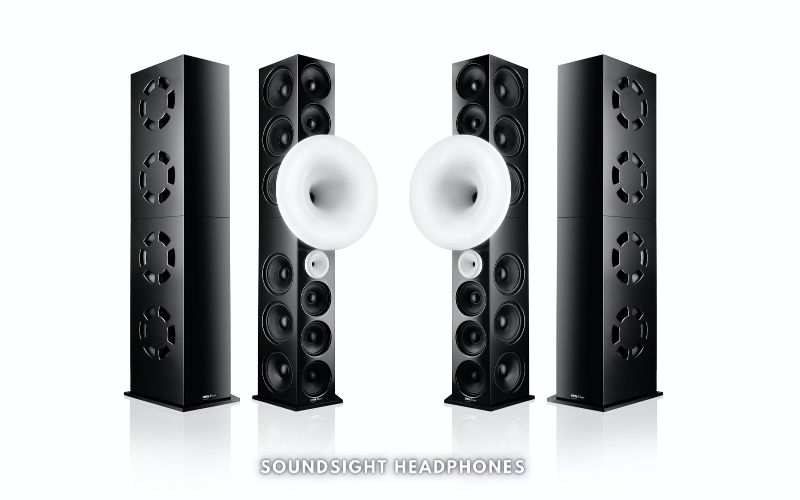
The impact of headphones on hearing depends on noise exposure and amplitude. Here’s why:
Imagine your ears like the battery of a smartphone. Low-intensive apps drain it slowly, but high-intensive ones drain it quickly. Similarly, the louder the sound, the faster your ears become fatigued and damaged.
For every 3 dB increase in sound level, cut the maximum exposure time in half. For example, if the sound level is 88 dBA, the maximum exposure time should be 4 hours.
Maximum Noise Exposure to Avoid Hearing Loss
Here’s a breakdown of maximum exposure times for different sound levels:
- 85 dBA: 8 hours (this is the generally accepted safe listening level)
- 88 dBA: 4 hours
- 91 dBA: 2 hours
- 94 dBA: 1 hour
- 97 dBA: 30 minutes
- 100 dBA: 15 minutes
- 103 dBA: 7.5 minutes
- 106 dBA: 3.75 minutes
Failure to respect the recommendation can lead to hearing damage, permanent hearing loss, noise-induced permanent threshold shift (NIPTS), or temporary hearing threshold loss.
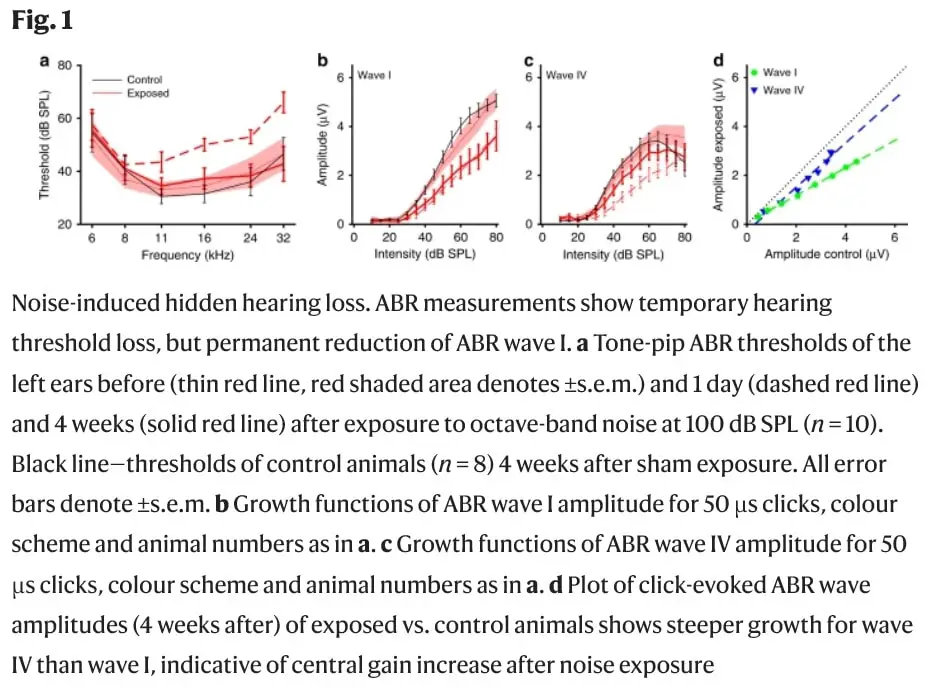
Noise-Induced Permanent Threshold Shift
The expected noise-induced permanent threshold shift (NIPTS) at a daily noise exposure level of 85 dB is small compared to age-related hearing loss. Still, after 40 years of exposure at 100 dB for 8h, the NIPTS of 3-6 kHz will be 36 dB (adjusted for age-related hearing loss).
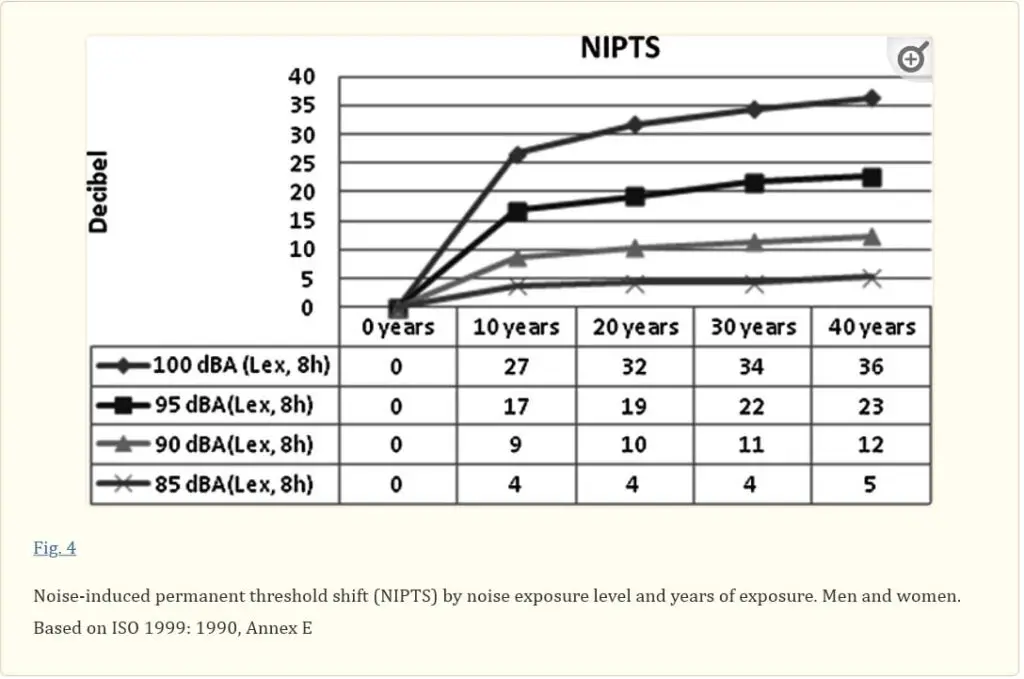
Hearing Loss Signs
Hearing loss can manifest in various ways, often presenting subtle yet disconcerting symptoms.
Some common warning signs include:
- Perceiving muffled sounds—a reduction in auditory clarity
- Struggling to comprehend conversations in cacophonous environments
- Experiencing difficulty discerning high-pitch sounds
- Inability to distinguish speech consonants—resulting in garbled communication
- Persistent ringing in the ears, known as tinnitus
- A heightened sensitivity to certain frequencies—hyperacusis or hypersensitivity
- Temporary hearing loss (HLL)—when exposed to loud noises, ear infection, or ear wax.
These indicators may suggest an underlying issue with one's auditory system, necessitating further evaluation by a medical professional.
How to Listen to Headphones & Avoid Damaging Your Hearing
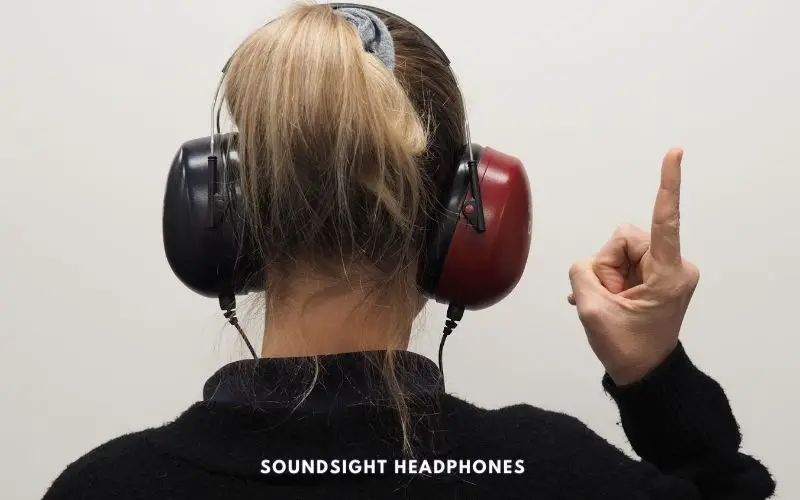
Preventing hearing loss is crucial for maintaining optimal auditory health. Here are a few guidelines to listen to headphones safely and prevent ear damage:
- Mindfully adjust the volume of audio devices—keep it at 85 dB (use a decibel meter app for Android or iOS).
- Utilizing Active Noise Cancellation headphones to minimize external noise (here are the best ANC headphones for noise reduction).
- Using noise reducing ear plugs for enhanced protection in loud environments (when not using headphones, of course).
- Actively working to reduce loudness within your surroundings—consider soundproofing measures.
- Taking breaks from loud settings and music listening.
- Donning ear muffs when operating power tools or firearms—prevent sudden, intense noise exposure.
- Follow the 60/60 rule: Listen to music at no more than 60% of the maximum volume for no more than 60 minutes a day.
- Opt for over-ear headphones as their drivers have a lower SPL than IEMs, and do not directly channel sound into the ear canal, thus reducing the risk of damaging the delicate structures of the ear canal and eardrum.
- Set a volume limiter on your iOS or Android; volume-limited headphones can also help prevent hearing loss.
Loud volume enhances the bass response but risks ear damage and headphone distortion. To conclude, it’s better to lower the volume, reduce the bass, and take care of yourself & your headphones.
Some may ask, “Can headphones harm your hearing if you lower the volume?” Certainly, they can if you spend twice as much time using them.
How to Address Hearing Problems
Whether it’s headphone-induced hearing loss or age-related, if you suspect hearing loss, consult a doctor, get a referral, undergo screening tests, and visit an ENT specialist or audiologist for further testing.
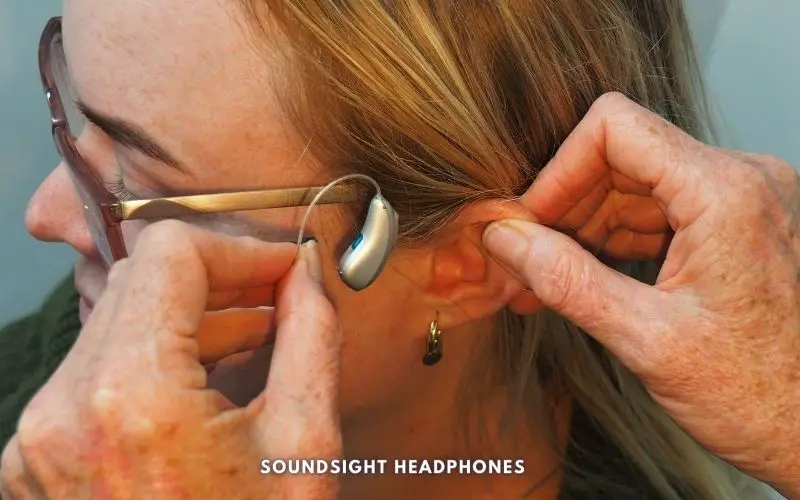
While very preventable, most people don’t do anything about their hearing health.
The importance of consulting a doctor when experiencing any symptoms of hearing loss cannot be overstated—early detection is crucial. A referral to a hearing doctor, such as an ear, nose, and throat (ENT) specialist or an audiologist, may be necessary for further evaluation.
A general screening test for hearing loss typically involves covering one ear and assessing auditory sensitivity to various volumes and frequencies. Further testing may include a tuning fork test, audiometer test, or bone oscillator testif warranted. These comprehensive assessments ensure accurate diagnosis and prompt treatment, safeguarding one’s auditory health.
Can Headphones Be Harmful? Understanding Proposition 65
Proposition 65, California’s Safe Drinking Water and Toxic Enforcement Act of 1986, alerts on potential exposure to harmful chemicals causing cancer, birth defects, or reproductive harm in products like headphones, homes, workplaces, and the environment.

Recognizing the risks of harmful chemicals in headphones that can harm you is crucial. However, remember that Proposition 65 warnings often stem from exposure levels much lower than those causing actual harm. This law prioritizes caution and risk awareness.
There are some potential dangers of using headphones but often, headphone manufacturers label products for legal compliance and risk mitigation rather than due to substantial consumer hazards.
List of Toxic Materials
Toxic materials found in headphones:
- Lead-filled headphones
- Beryllium (used in the drivers of some high-end audiophile headphones) – Note: While Beryllium is considered a toxic material, the relationship between beryllium drivers and potential health risks is virtually absent.
- Phthalates (Found in PVC)
- Polyvinyl chloride (PVC – the plastic most headphones are built with)
- Bisphenol A (BPA)
- Mercury (in some hearing protection aids – less than 0.01%)
- BFR in plastic
Numerous headphones now feature PVC, PC (polycarbonate), steel, leather, and other sustainable materials instead of traditional ones, phasing out harmful materials.
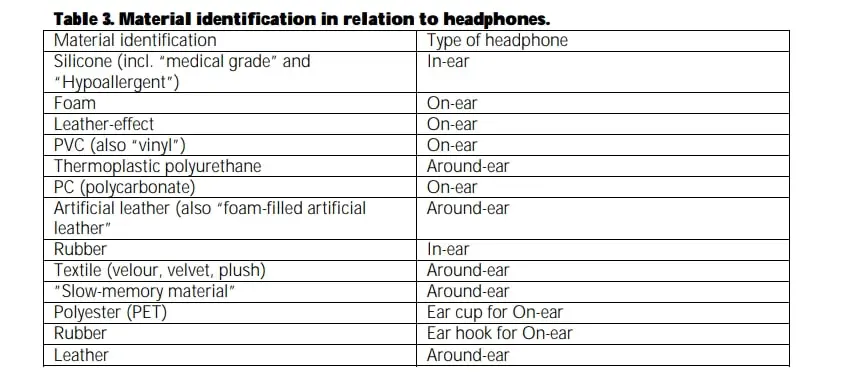
Note: The above survey was conducted in 2008; however, today’s headphones are safer than ever.
FAQ: Risks Associated with Headphones
What Are the Possible Risk Factors and Dangers Associated With Using Headphones?
The potential damage from headphones includes hearing loss, tinnitus, sound sensitivity, ear drum damage, and ear fatigue, potentially worsening or creating new hearing issues.
On top of that, ear damage from headphones can impact ear health by causing earwax buildup, pressure, and infections, leading to impaired hearing, balance issues, and vertigo. Hair loss from traction Alopecia, lack of environment awareness and accidents are also possible risks associated with using headphones.
Do Headphones Lead to Ear Infections, Pressure, or Pain?
Yes, wearing tight or ill-fitting headphones also results in excessive pressure on the ears and temples. While in-ear headphones push earwax deeper into the ear canal, leading to blockages, impacted earwax, and foster bacterial growth, causing infections, pressure, and discomfort from mild or severe ear pain.
Can ANC Headphones Cause Vertigo and Imbalance Issues?
ANC headphones may cause vertigo, imbalance, and nausea due to their noise-canceling mechanism, which can disrupt ear pressure, interfere with equilibrium, induce nausea, and exacerbate existing ear issues. These adverse effects gradually disappear as your body adapts, but some individuals may be more sensitive to these effects than others.
Conclusion
In conclusion, headphones causing ear damage is a significant concern that should not be overlooked. Understanding Proposition 65, recognizing hearing loss signs, and being aware of the maximum noise exposure can help prevent potential harm.
By learning how to listen to headphones safely, addressing hearing problems, and knowing how headphones can damage your ears, individuals can take necessary precautions to protect their hearing.
So, can headphones damage your ears? Yes, but with the astounding caveat that moderation is key, as “too much of a good thing” can be harmful.
